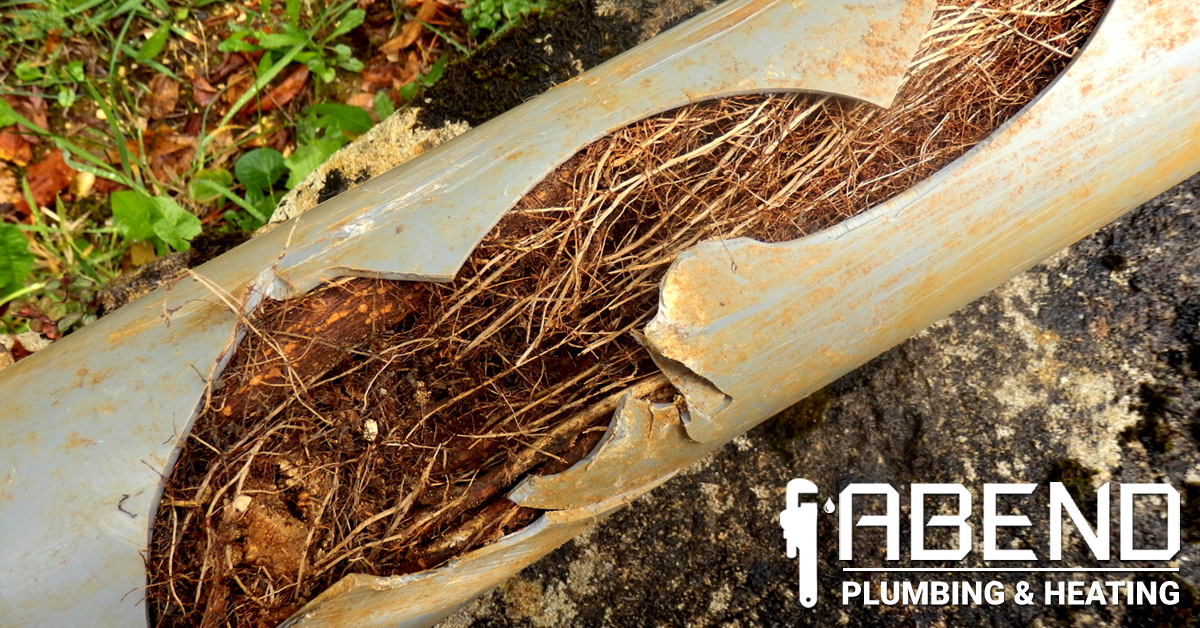 When a sewer line gets blocked, wastewater can back up into the pipes and cause a sewage backup. Telltale signs of a sewer backup are:
When a sewer line gets blocked, wastewater can back up into the pipes and cause a sewage backup. Telltale signs of a sewer backup are:
- Clogging in more than one drain
- You can see or hear air bubbles in the system
- Water backs up in another drain (you flush the toilet, and the sink or shower backflows or bubbles)
But what causes sewage backup into the sewer lines? Here are the major causes of blockage of sewer or drains in your home.
Blockages and Clogs
If the main sewer line or your home’s pipes get blocked or clogged, it will eventually cause a sewage backup into your drains, toilets, or showers. A home clog usually only causes a blockage into the offending line, like a toilet with a clog. But if all the drains back up, there may be a bigger problem in the main sewer line. Another reason could be a failure in your sump pump, which pumps water out of your home.
Items like grease, oil, hair, food scraps, plant matter, and other solid materials are the main reasons for blockages and clogs that cause sewage backup.
Main Pipe Breakage
Sometimes the problem isn’t in your home but the main line. If the main sewer pipe breaks or gets clogged, it can lead to a sewage backup in your home. The backup can show in your drains, toilets, showers, or by flooding your basement. If this is the cause, your neighbors will probably have the same problem.
Substantial Rainfall
Yes, heavy rains or substantial rainfall can cause sewage backup. Heavy rains–especially storms that dump a lot of rain quickly–can overburden the city’s sanitary lines if they have a combined sewer and storm drain system. The excess water has to go somewhere, creating a water backflow into your home’s sewer lines.
Tree Roots
Trees are another common cause of sewage backup. Over time, the roots can grow into or around the pipes, causing them to crack or break. Trees with long root systems can cause damage to your pipes, even if they’re on your neighbor’s property. The roots create a blockage, which will then cause a sewage backup into your house.
How to Prevent Sewage Backups
While some sewage backup causes are outside of your control, there are a few things you can do to prevent them in your home:
- Dispose of waste properly
- Replace old pipes with plastic piping
- Never pour grease or oil down the drain
- Never flush hygiene products
- Cut tree roots
- Install a backwater prevention valve
- Perform regular sump pump maintenance
What to do if You have a Sewage Backup in Your Home or Basement?
- Try to find and clear the blockage if possible.
- Evacuate family and pets from the area.
- Turn off the power to the area.
- Turn off the main water valve to the home.
- Don’t use toilets, sinks, or showers.
- Wear protective gear (mask, gloves, waders, rubber boots, etc.) if you have to go into the sewage water.
- Contact your homeowner’s insurance company. Backup of sewer or drain coverage is usually an optional coverage. If you don’t know if you have this important coverage, call your insurance provider today to find out.
Contact Abend Plumbing and Heating. Our trained professionals can come out to assess the damage and get to work removing the sewage and damage from your home.

